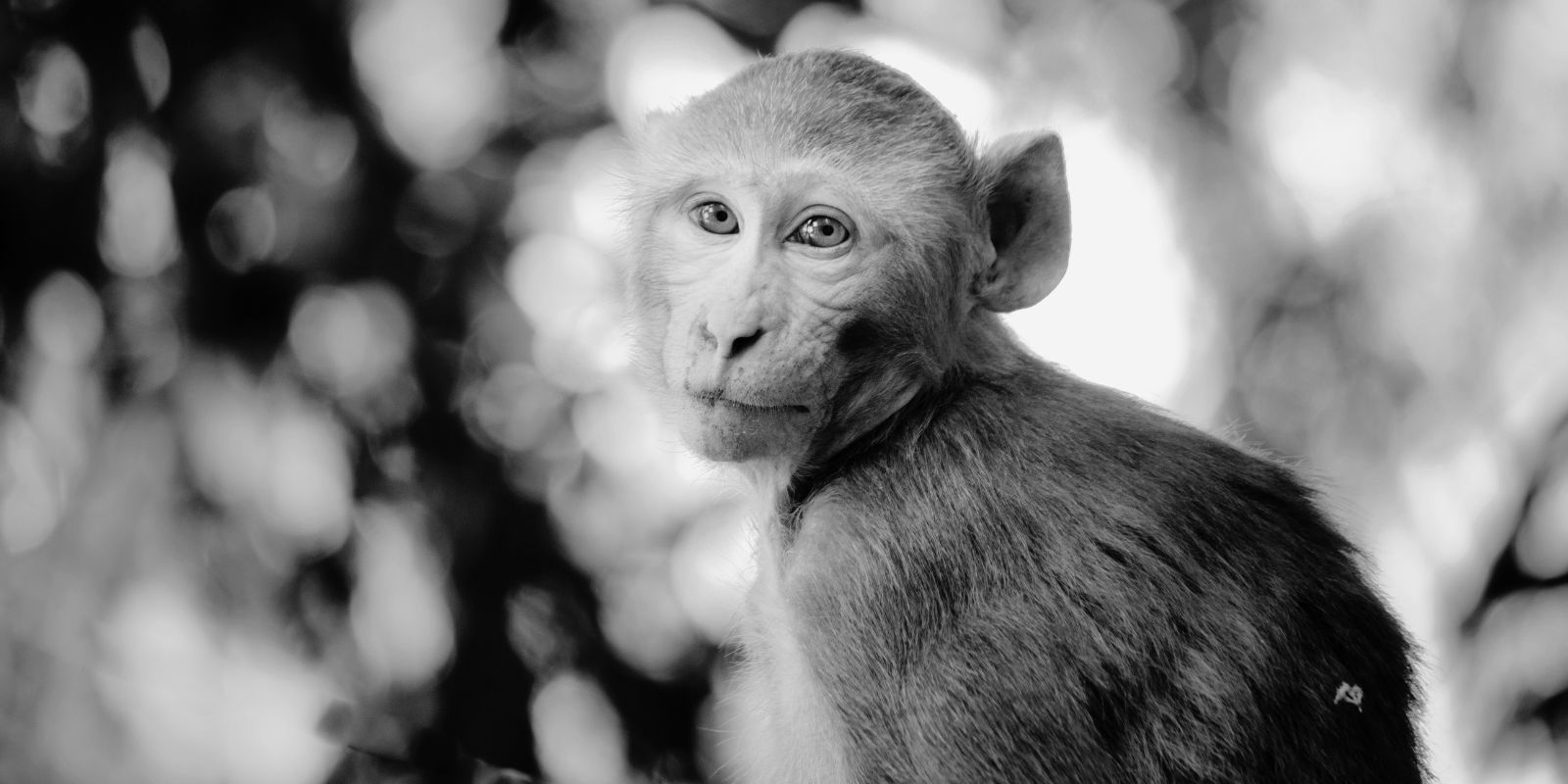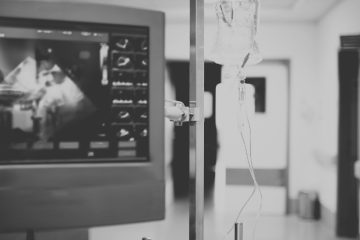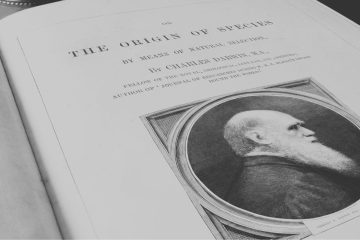What Happened On June 14th?
On June 14, 1949, Albert II, a rhesus monkey, became first primate to travel into outer space. Such a mission showed not only the physical possibilities of space travel, but it also raised moral questions of using animals in research.
Albert II’s mission was part of a series of tests conducted by the United States Army Air Forces to understand the biological effects of space travel. The initiative began in response to the growing interest in space exploration after World War II. Scientists needed to study the impact of high-altitude and space environments on living beings before sending humans into space. Rhesus monkeys were chosen due to their similarities to humans, making them suitable subjects for these pioneering experiments.
Banana Dreams
Albert II was not the first monkey chosen for space travel. His predecessor, Albert I, had been launched on June 11, 1948, but the mission ended in tragedy when the rocket failed before reaching space, and Albert I did not survive. This initial attempt, though unsuccessful, provided critical data and helped to prepare better for Albert II’s flight.
Primate Pioneer
Albert II’s journey took place aboard a V-2 rocket, a German-engineered missile repurposed by American scientists for research. These rockets had been captured from Germany at the end of World War II and gave the United States a head start in rocket technology. The V-2 rocket, known for its speed and altitude, was adapted to carry a biological payload instead of its original wartime payload.
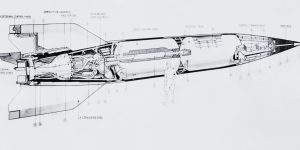
Spacebound Simian
On the morning of June 14, 1949, Albert II was secured in a specially designed capsule atop the V-2 rocket at the White Sands Proving Ground in New Mexico. The rocket’s launch went smoothly, and Albert II rose to an altitude of 83 miles (134 kilometers), officially reaching the edge of space. During the flight, Albert II experienced about nine minutes of weightlessness, providing scientists with invaluable data on how a living organism responds to the conditions of space travel.
The Zero-G Monkey
The preparation and care involved in Albert II’s journey were extensive. Scientists anesthetized Albert II to minimize stress and prevent movement during the flight, ensuring accurate data collection. The capsule was equipped with sensors to monitor his vital signs, including heart rate and breathing. This attention to detail showed the scientific rigor and ethical considerations involved in early space experiments.
Swinging Into Space
Despite the successful launch and flight, the mission ended in tragedy. Upon reentry, the parachute system designed to safely return Albert II’s capsule to Earth malfunctioned. As a result, the capsule crashed, and Albert II did not survive the impact.
The data collected from Albert II’s mission proved invaluable. Scientists gained insights into the physiological effects of space travel, such as changes in heart rate and breathing under weightless conditions. These findings informed later missions and laid the groundwork for future human spaceflight. Albert II’s sacrifice and the knowledge gained from his journey directly advanced space exploration.
The early space missions involving animals were shrouded in secrecy due to the geopolitical tensions of the Cold War. The U.S. military tightly controlled information about these experiments. Public awareness and recognition of Albert II’s mission came much later, as the early years of space exploration were marked by confidentiality.
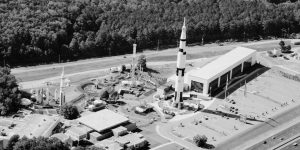
Albert II’s flight revealed issues with the V-2 rocket’s design that were not previously understood. The intense vibrations and acceleration forces during launch posed significant challenges to both equipment and biological passengers. These findings prompted engineers to refine and improve rocket designs for future missions, ultimately leading to more reliable and safer space travel technologies.
Albert II’s Space Voyage
The mission also led to ethical debates about the use of animals in scientific research, especially in experiments involving life-or-death risks. Albert II’s journey exemplified these ethical considerations, prompting discussions that would shape the future of animal research in space exploration.
The flight demonstrated the collaborative nature of early space exploration. Scientists from various fields, including biology, engineering, and medicine, worked together to design and execute the mission. This interdisciplinary approach proved essential in addressing the complex challenges of sending living organisms into space and ensured the success of later missions.
Albert II’s mission was progressive for space exploration, showing the feasibility of sending living organisms into space and returning them safely. This paved the way for future manned spaceflights, including those of the Mercury and Apollo programs.
Not only that, but NASA’s Skylab was launched into space just under two years later.
What do you think about the ethics of using animals for scientific research? Is it justified or not?

